The following note from Andy Housiaux, Currie Family Director of the Tang Institute, was included in the Institute’s June 2020 newsletter Notes On Learning.
In our final Workshop meeting of the year, students and faculty gathered online to mark the close of our experience together. It was — and is — a fraught time, both for the Andover community and our broader communities. Our students, already separated physically from each other and a campus they love, found themselves reminded yet again of America’s historical legacy of oppression of Black people. The murders of George Floyd, Breonna Taylor, and Ahmaud Arbery weighed on our minds and hearts.
In that final meeting, we read selections from Ecclesiastes 3—an old text. We gave every student and faculty member a chance to reflect on a passage that reminds us that “to everything there is a season, and a time for every purpose under heaven”; that there is “a time to weep, a time to laugh” and “a time to be silent, a time to speak up.” They were fitting words for our students, who now more than ever, need this wisdom: When is the appropriate time to listen, and when is the time to speak up and take action? How can individual teachers and schools work to create more just and inclusive learning environments and systems?
Our 2020 – 2021 fellows and projects speak to the centrality of this work at Phillips Academy and the Tang Institute. In the coming year, we will partner with the Brace Center for Gender Studies and English instructor Emma Staffaroni to further support Andover’s all-gender dorm. This pioneering work is looked to by schools around the country and has pushed Phillips Academy to be a more inclusive and equitable learning environment. It inspires us to reflect deeply on how to create a welcoming home for all youth, from every quarter.
Our Biology 100 fellows, José Peralta and Cath Kemp, rewrote the 9th grade curriculum and helped those students make significant gains this year in their understanding of how race, gender, and sexual orientation intersect with biological phenomena. Next year, they will build on these successes, refine the textbook they are authoring, and help students recognize the ways in which structural racism contributes to underlying racial health disparities.
Our work with Harvard University Professor Raj Chetty’s Opportunity Insights project will deepen. This year, 100 Andover students — the first such high school students in the country — worked with modules from his Big Data course that explored underlying causes of racial and economic inequalities across the country. Even more students and faculty will do so next year in our statistics courses as we take up this work in earnest.
In addition to this on-campus work, we will mentor and train teachers from other schools in partnership with Opportunity Insights faculty and staff. Our Ethi{CS} project will undertake similar work and will continue to collaborate with teachers in public and private schools to develop resources that address algorithmic bias, privacy, and complex ethical questions around social media.
Many institutions make the mistake of separating the work of diversity, equity, and inclusion from the work of excellent teaching. These two are inextricably linked. For students to be effective biologists or economists or computer scientists, they need to understand the historical and social factors around race, inequality, and injustice. Racism is an interdisciplinary phenomenon — and it will require interdisciplinary thinking and engagement for us to begin to see it clearly, untangle it, and, ultimately, dismantle it. That’s the work.
Click here if you’d like to subscribe to our monthly newsletter, Notes On Learning.




